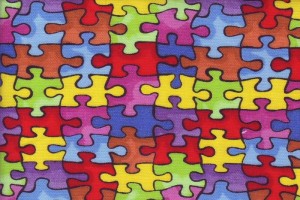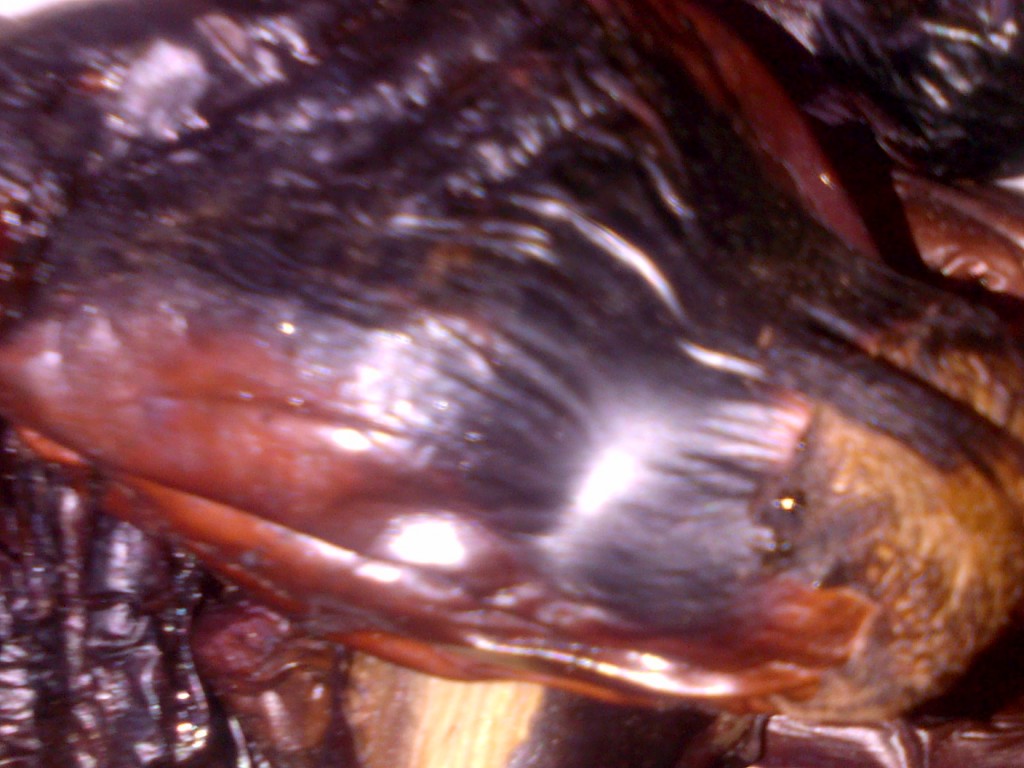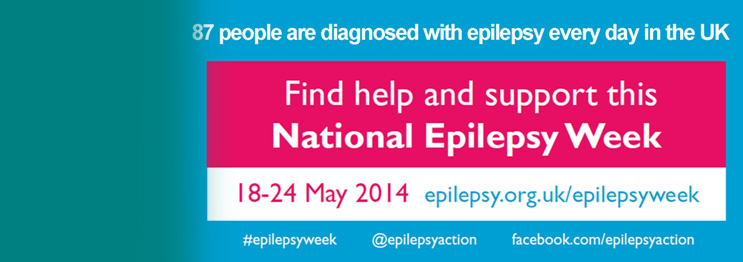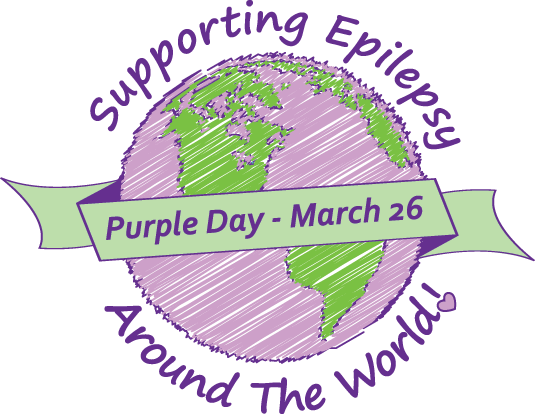As some readers will know this blog is written in the UK so everything is being drowned out on and offline by discussion of the referendum for an independent Scotland.
But in fact the 18th September should not just be remembered for the vote because it is also the second International Pitt Hopkins Syndrome (PTHS) Day to raise awareness and funding for Pitt Hopkins research.
Run by the Pitt Hopkins Research Foundation they say ” To bring further awareness to the 18th chromosome, we have chosen the 18th of September as our annual awareness day. Families and friends around the globe will celebrate children affected by Pitt Hopkins Syndrome and begin to expand recognition for the disorder and help raise awareness and funding for research towards a cure.
On Sept. 18th, as we celebrate our children and all they have achieved we want to take the opportunity to introduce more people to the beauty and trials of living with Pitt Hopkins.
- We want medical professionals, in particular pediatricians, to learn more about the symptoms and features (see below) so that they can refer their patients for genetic testing in a timely manner.
- We want families with undiagnosed, developmentally delayed children to perhaps see in the faces of our children, something familiar. We want them to know there is new testing available–Whole Exome Sequencing –that just might be able to help them find the answers they’ve been searching for.
- We want other professionals that work with children and their families with special needs, eg kindergarten teachers, special needs teachers, OTs , physiotherapists to know the symptoms and features.
- We want any families who have been diagnosed to find our support group at www.pitthopkins.org and join us!
- We want to promote our reasons for research, our belief and dedication to finding a cure (see below) and encourage people to donate to our foundation.
Pitt Hopkins is a severe neurological disorder caused by loss of function of the TCF4 transcription factor located on chromosome 18. PTHS is characterized by developmental delays, moderate to severe intellectual disability, breathing problems of episodic hyperventilation and/or breath-holding while awake (55%-60%), recurrent seizures/epilepsy (40%-50%), gastrointestinal issues, and distinctive facial features. Most do not develop speech.
Not all of these symptoms need to be present to warrant genetic testing. Children with Pitt-Hopkins syndrome typically have a happy, excitable demeanor with frequent smiling and laughter. PTHS was first described by D. Pitt and I. Hopkins in the Australian Pediatric Journal in 1978. The connection to TCF4 was not established until 2007 when it was found to play an essential role in the development of the nervous system and the brain. Any functional deficiency of TCF4 greatly affects how a child develops over time.
Currently about 350 people have been diagnosed with Pitt Hopkins. However, given the recent discovery of the gene in 2007, there are likely many more out there who remain undiagnosed. Overall prevalence of PTHS is unknown. However, one laboratory estimated that the frequency of chromosome 18q21 deletions associated with PTHS is between 1 in 34,000 and 1 in 41,000. An estimate from another researcher is 1 in 200,000-300,000. Researchers will need to recognize individuals with PTHS in all age groups first and molecular analyses should be more widely available too, before this estimate is more accurate. PTHS occurs in both males and females and is not limited to a specific ethnic background.
In the past, genetic syndromes like Pitt Hopkins and Down Syndrome, for instance, were thought to be incurable. But that tide is turning. In 2010, Tom Insel, Director of the National Institute for Mental Health said, “Just three years ago, I would have said that mental retardation is a disability needing rehab, not a disorder needing medication. But it’s all changing.”
Right now, there are clinical trials for similar neurodevelopmental disorders like Rett Syndrome and Angelman Syndrome using compounds that have reversed the syndromes in mice. This has just happened in the last five years, and gives us a great deal of hope that a reversal, or at least amelioration of Pitt Hopkins symptoms, could be possible in humans, too.
We started The Pitt Hopkins Research Foundation with the singular goal of reversing Pitt Hopkins in people. In the last year we have funded more than $300,000 in research grants. Scientists at University of Alabama and Harvard have created Pitt Hopkins Mouse models and neuronal stems cells and are testing them to see what drugs may help ameliorate symptoms. Although there are only 350 diagnosed, the research could have much further reaching effects into the science of memory and learning.
Because we already KNOW the gene that causes PTHS- TCF4, we are in an important place to fund meaningful research, research that could possibly give insight to other learning, memory and motor disorders with no known cause like Alzheimers, Autism, Epilepsy and Parkinson.
The Pitt Hopkins Research Foundation is an all-volunteer organization of families and professionals dedicated to finding a cure for Pitt Hopkins through the funding of an aggressive research agenda, education, and advocacy. Our goal is to bring practical treatment into current medical practice as quickly as possible.
In just one year the PHRF will have raised and distributed $500,000 in grants and fellowships. To learn more about PHRF’s mission and funding priorities, or to make a donation towards their research program visit www.pitthopkins.org. SOURCE: The Pitt Hopkins Research Foundation, (PHRF), phrf-info@pitthopkins.org, 323-273-2632″




